Cool down your house in summer and maximize your air conditioner's efficiency. These trees will quickly throw some shade your way.
11 Fast-Growing Shade Trees
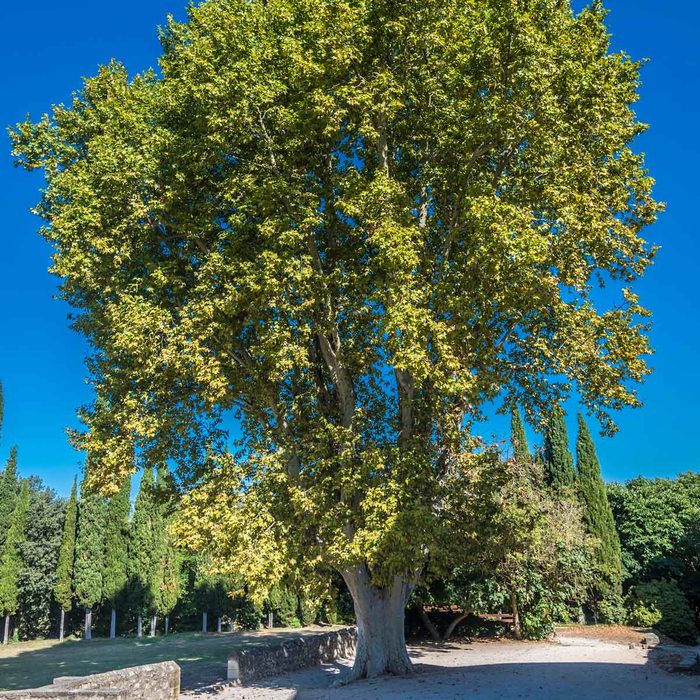
London Plane Tree
London plane tree (Platanus x acerifolia) is believed to be a cross between the American sycamore and the Oriental plane tree. It grows 13 to 24 inches a year, which is less than the American sycamore. However, London plane tree is more resistant to anthracnose, a disfiguring fungal disease that causes the latter to lose leaves in hot, humid weather.
London plane tree is amenable to various soils and withstands pollution as well. It grows 75 to 100 feet tall and 80 feet wide and is hardy in U.S. Department of Agriculture Plant Hardiness Zones 5 to 9. It’s a lovely addition to our list of fast growing shade trees.
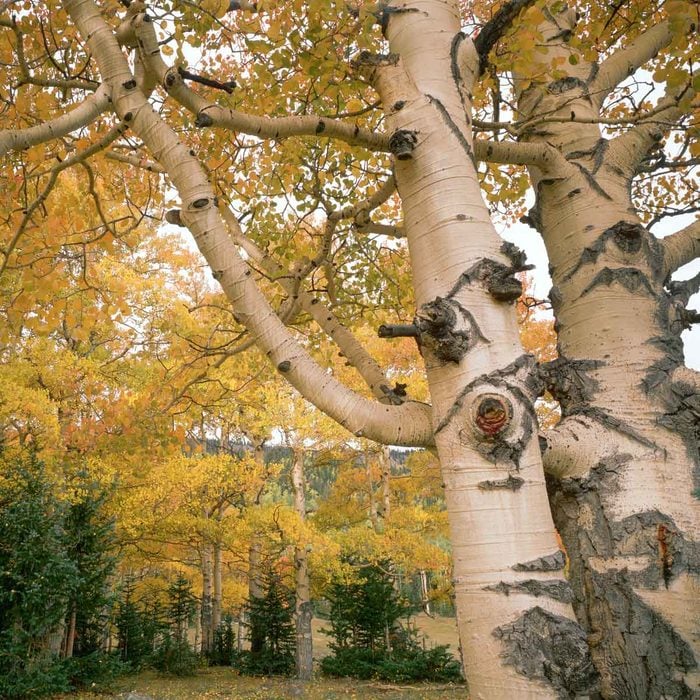
Quaking Aspen
Quaking aspen (Populus tremuloides) is the most attractive member of the poplar genus, with handsome whitish-green bark and outstanding golden fall foliage. It is also one of the most adaptable, accepting a range of soils and finding a home in some of the coldest areas of U.S. and Canada (Zones 1 to 6).
Aspen is the largest living organism on earth. In fact, one aspen tree can send out roots in every direction and populate up to 100 acres with genetically identical trees, all from the same root system. So while the trees themselves may live for 80 to 100 years, the clonal root systems can live for thousands of years.
Individual quaking aspen trees grow in excess of two feet per year, eventually reaching 40 to 50 feet tall and 20 to 30 feet wide.
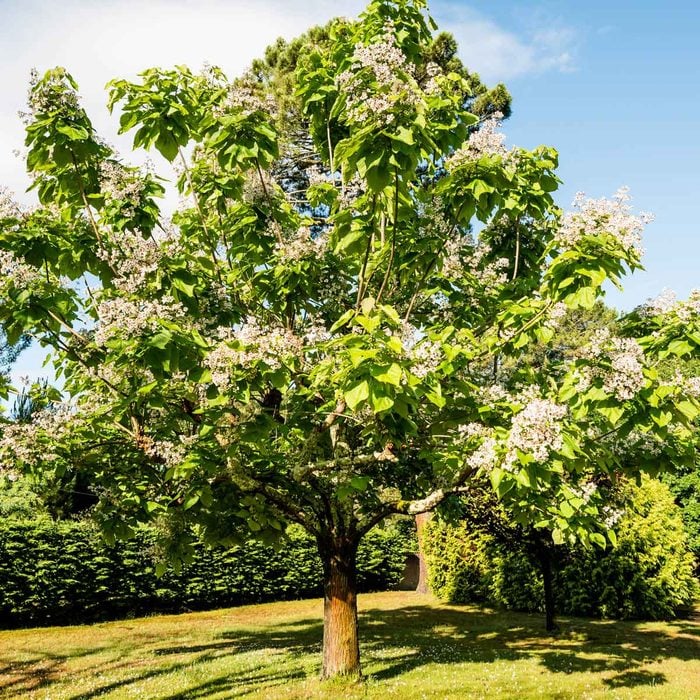
Catalpa
The common name for catalpa is cigar-tree, owing to the resemblance of its elongated brown seedpods to cigars. There are two related species that overlap geographically: Southern catalpa (C. bignonioides), Zones 5 to 9, and Northern catalpa (C. speciosa), Zones 4 to 8. Annual growth rate is between 13 and 24 inches a year, with Southern catalpa being the smaller of the two, at 30 to 40 feet tall and wide.
Northern catalpa reaches 40 to 60 feet tall and 20 to 40 feet wide. Along with the seedpods, both trees feature large heart-shaped leaves and showy clusters of white flowers in spring. Both are also adaptable to difficult soils, but it all starts with planting the tree correctly. Once you’ve done that, these fast and easy to grow trees should thrive.
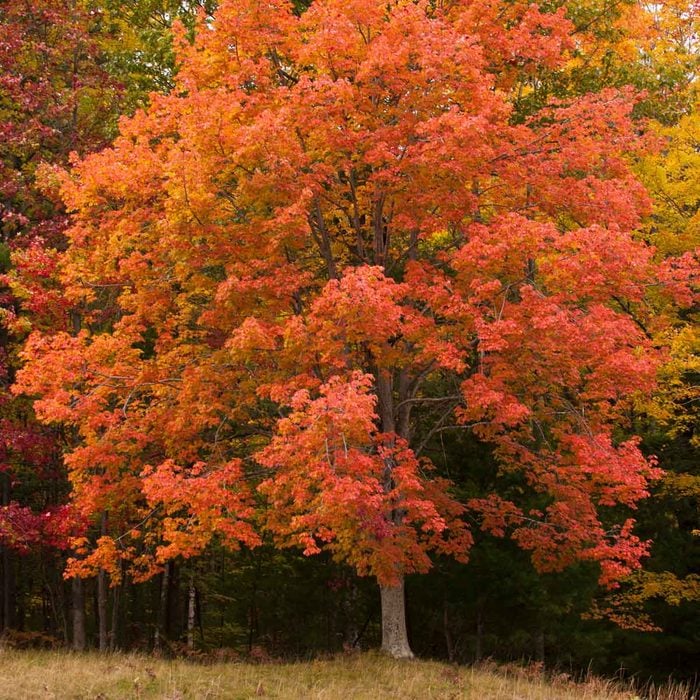
Red Maple
Red maple (Acer rubrum) is not the fastest growing maple. That distinction belongs to the silver maple (Acer saccharinum), which grows like a weed and, unfortunately, acts like one too. Silver maple is one of the trees you should never grow in your yard. Red maple is a much better choice. It still belongs on the fast growing shade trees list, but it doesn’t act like a pest.
This maple tree has stronger wood, so it’s not as prone to storm damage. Plus, it has great red fall color. The species grows 40 to 60 feet tall and 35 to 45 feet wide, but there are many cultivars with differing heights and widths. Annual growth rate is between 13 and 24 inches.
A word about hardiness: Red maple is hardy in Zones 3 to 9, so you’ll see it everywhere from New York to Florida. However, provenance (place of origin) is critical to survivability, so be sure to get one that originates from a climate similar to yours.
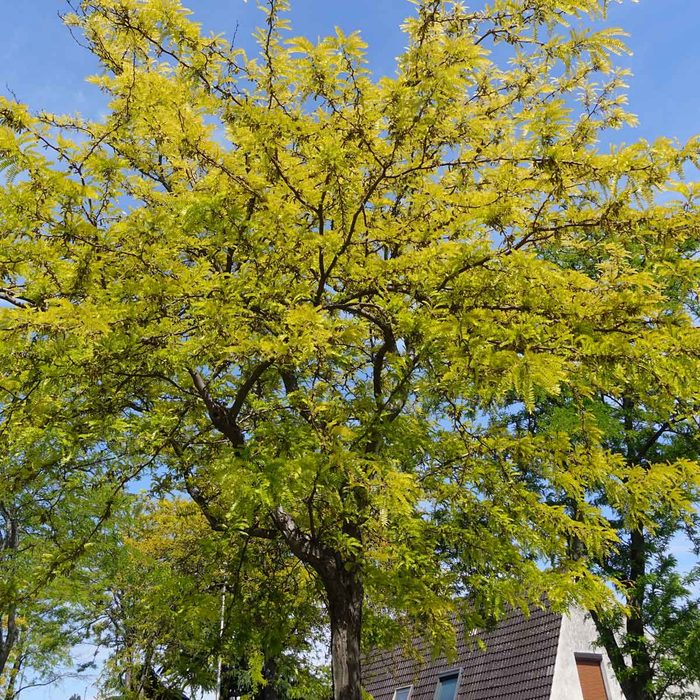
Honeylocust
Farmers hate the species honeylocust, renowned for long, sharp thorns that can pierce a tractor tire. You’ll still see that thorny thug in rural areas but not at the local nursery. Instead, you’ll find thornless honeylocust (Gleditsia triacanthos var. inermis), which has the fast growth rate and toughness of the species but no thorns.
Hardy in Zones 3 to 9, honeylocust grows two feet or more per year and reaches 30 to 70 feet high and wide. It is tolerant of different soils and gives dappled shade that allows plants to grow beneath the tree.
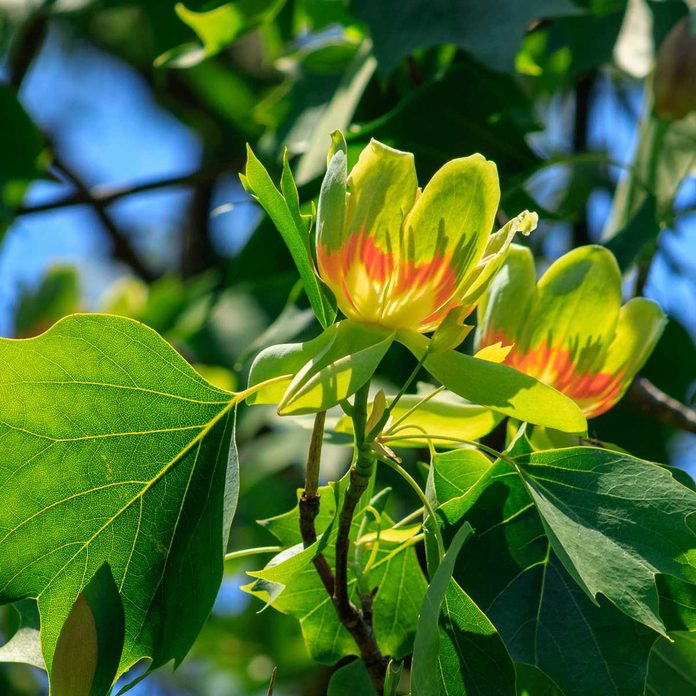
Tuliptree
Tuliptree (Liriodendron tulipifera) gets its name from two sources: the tuliplike yellow and orange flowers that appear in spring, and the leaves, which have the silhouette of a tulip. Those leaves turn a beautiful golden yellow in fall, but some trees offer other attractive characteristics.
It deserves its spot on the list of fast growing shade trees because it can reach 15 to 20 feet in six to eight years. It does best in a deep, moist but well-drained soil. In good conditions, a tuliptree can reach 70 to 90 feet high and 35 to 50 feet wide. It is hardy in Zones 4 to 9.
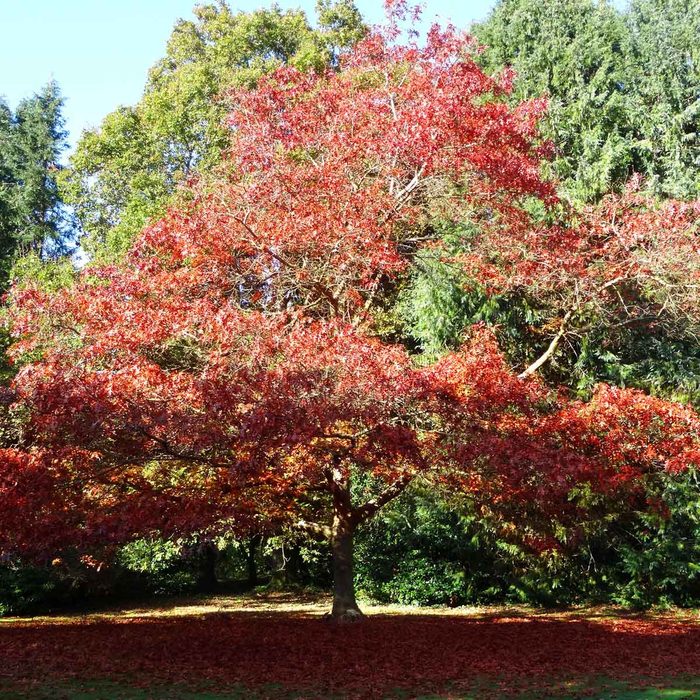
Red Oak
Oaks are known for strength and longevity, not so much for fast growth. But there are exceptions, like the pin oak and red oak (Quercus rubra), which can grow two feet in a year if given moist, well-drained soil and mulched so it’s not competing with lawn grass.
Red oak can live for hundreds of years, eventually growing 60 to 75 feet tall and wide. It has russet-red to bright red fall color and is hardy in Zones 4 to 8.
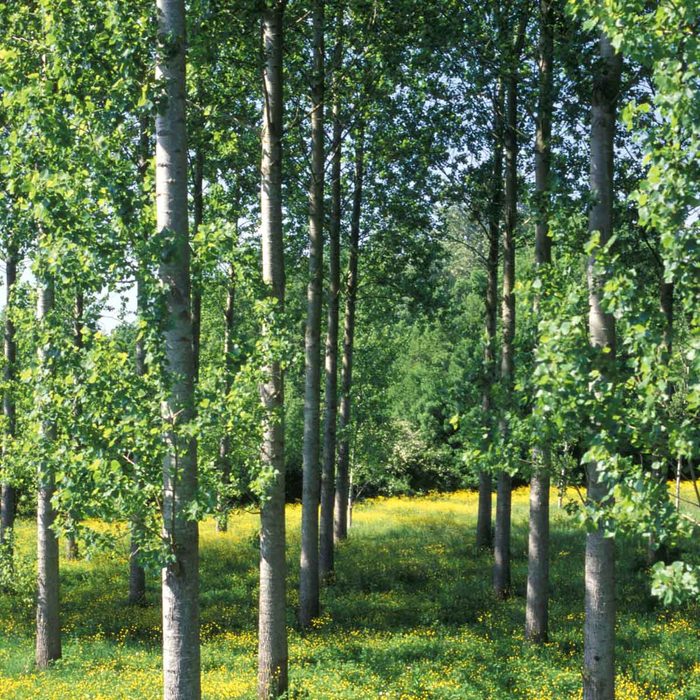
Black Alder
Black alder, also called European alder (Alnus glutinosa), is an underutilized tree that should be seen more often. It can grow 24 to 30 inches a year, eventually maturing at 40 to 60 feet in height and 20 to 40 feet in width.
Tolerant of various soils, it can create its own nitrogen, so thin soils lacking nutrients are not a problem. It is one of those tough trees that can grow almost anywhere, including in wet sites like willows. It is hardy in Zones 3 to 7.
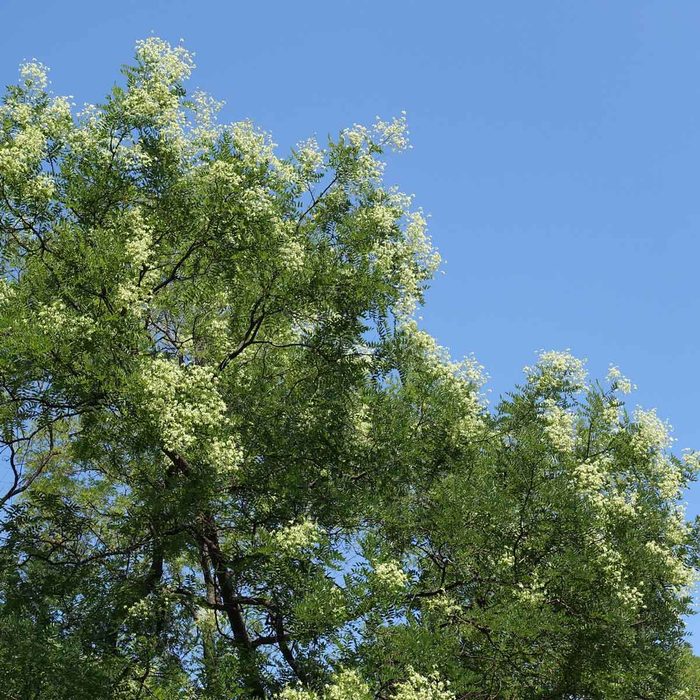
Japanese Pagoda Tree
Japanese pagoda tree (Sophora japonica), also called scholar-tree, can grow 10 to 12 feet in five to six years, eventually becoming 50 to 75 feet tall and wide. It features bright green leaves patterned in multiple leaflets, similar to black locust.
Like the black locust, it also has large clusters of white flowers in summer. But Japanese pagoda tree doesn’t have black locust’s thorns nor its tendency to self-seed everywhere. Japanese pagoda tree is hardy in Zones 4 to 8.
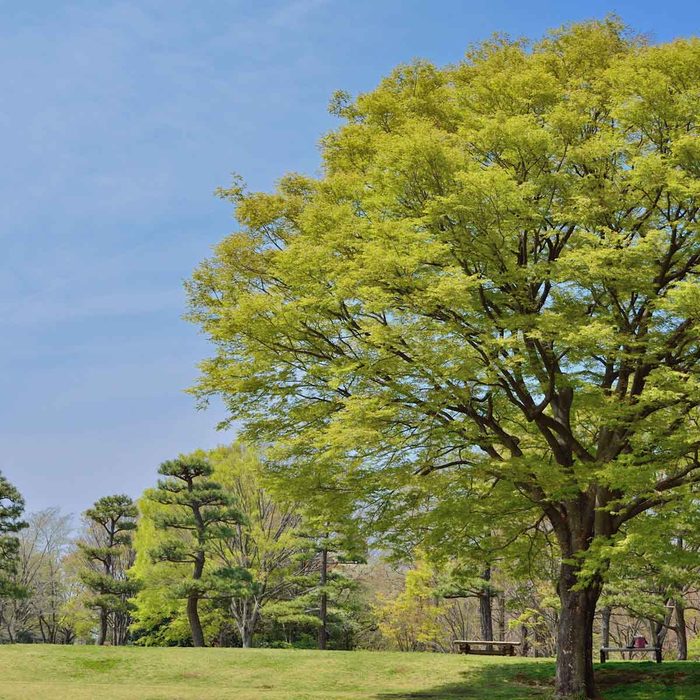
Japanese Zelkova
The Japanese zelkova (Z. serrata) has been touted as a disease-resistant alternative to the beloved shade tree of yesteryear, the elm, because of its elm-like qualities. Indeed, zelkova is from the elm family and resembles its cousin in its quick growth, serrated leaves and vase shape.
Like the elm, it’s also tolerant of adverse conditions. Hardy in Zones 5 to 8, zelkova can grow three to four feet a year when young, eventually maturing to a height and width of 50 to 80 feet. In small yards, a dwarf tree might be better.
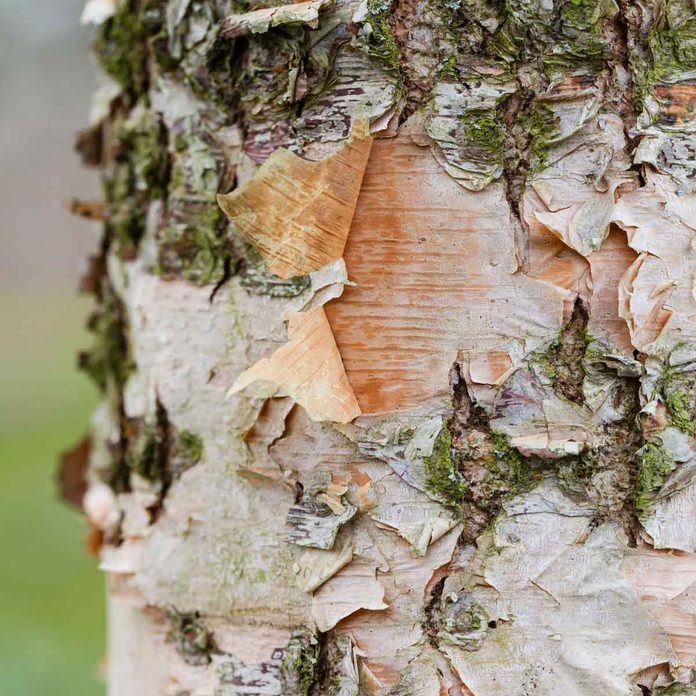
River Birch
River birch (Betula nigra), as the name would suggest, prefers moist soils like those found along a river. But cultivars such as Heritage and Dura-Heat are more adaptable to heat and drier soils.
River birch grows 13 to 24 inches per year and is more resistant to the bronze birch borer than white birch trees. River birch features exfoliating white bark revealing buff, cinnamon brown and reddish brown inner bark. It grows 40 to 70 feet tall, 40 to 60 feet wide, and is hardy in Zones 3 to 9.



















